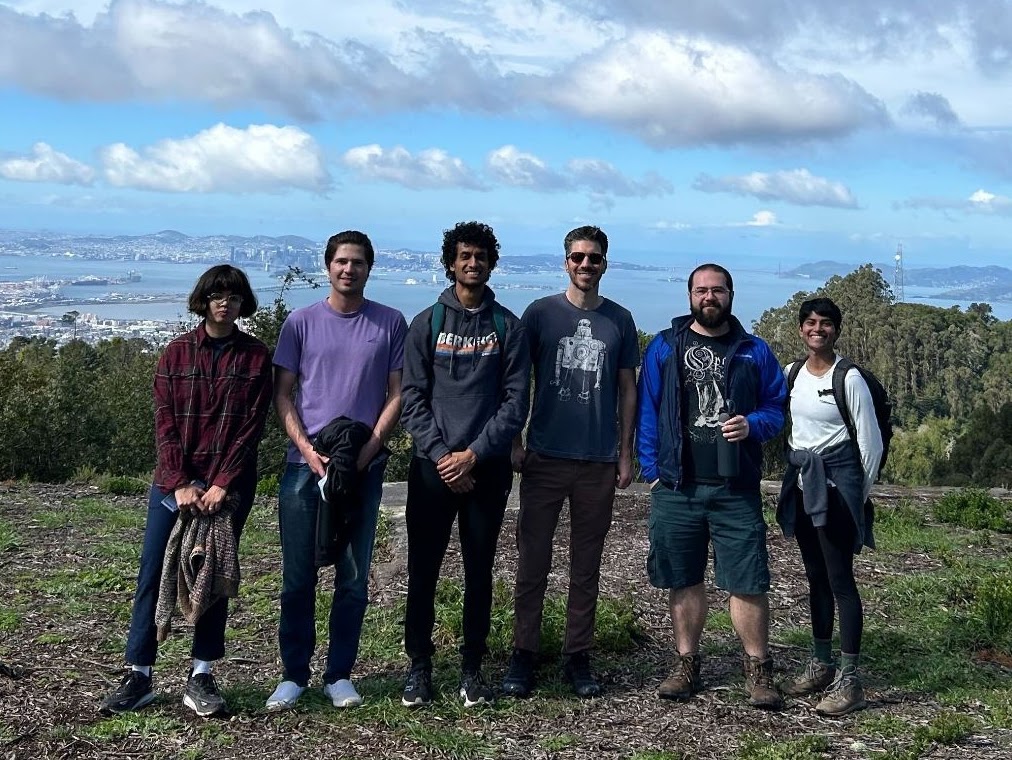The Active Vision and Neural Computation Lab
Research in the lab is broadly focused on how brains use vision to understand and move about the world.

Embodied vision
Vision necessarily depends on movement because the retina is attached to the eyes, which are constantly moving. Most new visual stimulation is a result of self‑motion of the eyes and head. We investigate how these movements are part of the neural code.
Approach
We collaborate closely with neurophysiologists, help design experiments, and analyze neural data using high‑resolution eye tracking. We also develop brain‑inspired generative models and think about what computations brains perform.
Current research topics
Active vision and generative models
Animals sample the world with a saccade‑and‑fixate pattern. Fixations are not snapshots—the eyes counter‑rotate and drift—so the retinal input is a spatiotemporal movie. We aim to understand cortical algorithms that use motion‑generated information, combining eye‑tracking with statistical models of visual input and neural activity.
Foveal processing and eye movements
The primate fovea is a specialized adaptation for high‑resolution vision and differs from peripheral retina and non‑primate retinas. We study how this specialization and eye movements shape encoding and perception.
Affiliations
Our lab is affiliated with several research centers and programs at UC Berkeley:
- UC Berkeley Vision Science - Graduate program and research in vision science, optometry, and visual neuroscience
- Redwood Center for Theoretical Neuroscience - Research center focused on mathematical and computational models of neural computation
- Helen Wills Neuroscience Institute - Campus-wide multidisciplinary neuroscience research institute